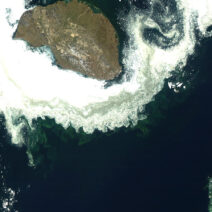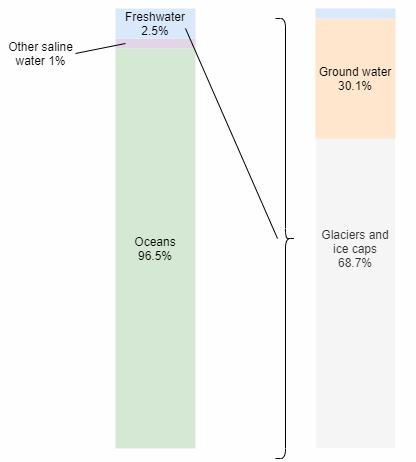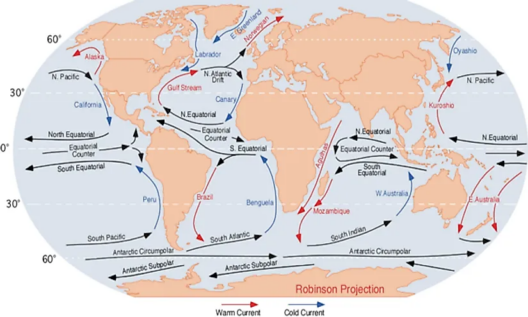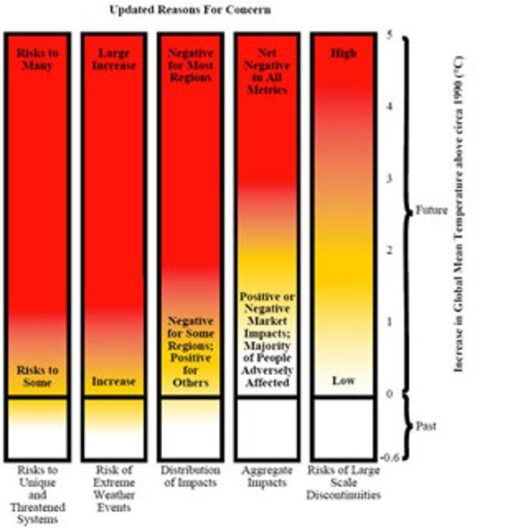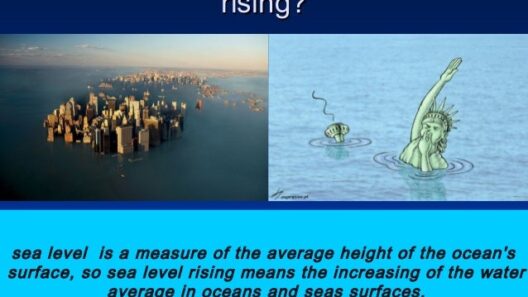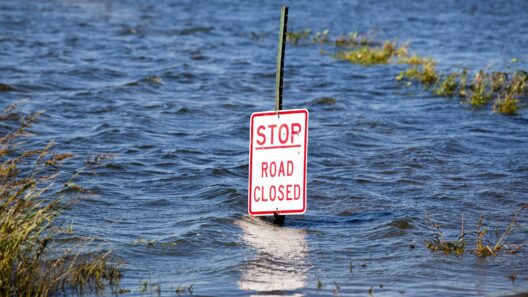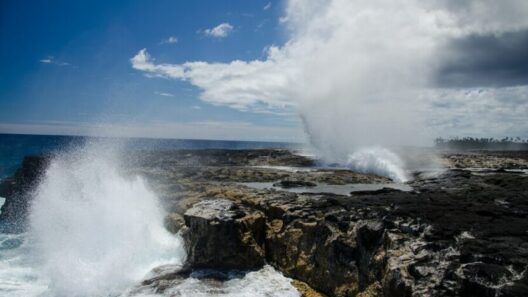Sea level rise has emerged as one of the most pressing environmental challenges of our time, prompting widespread concern among scientists, policymakers, and the general public. The continuous encroachment of the oceans upon coastal communities presents profound implications for ecosystems, economies, and human safety. To truly understand the phenomenon of rising sea levels, it is crucial to delve into the multitude of factors driving this alarming trend. While the environmental shifts are undeniable, the underlying causes reflect intricate interactions between natural processes and human activities.
Understanding the primary drivers of sea level rise requires an examination of two core mechanisms: thermal expansion of seawater and the melting of glaciers and ice sheets. Both of these processes illustrate how anthropogenic climate change exacerbates natural fluctuations, contributing to rising ocean levels.
One cannot discuss rising sea levels without addressing thermal expansion. The oceans cover over 70 percent of the Earth’s surface and are vital in regulating the planet’s climate. As global temperatures escalate due to greenhouse gas emissions, the seawater absorbs heat, causing it to expand. This phenomenon is scientifically known as thermal expansion, and it accounts for nearly half of the observed sea level rise. The interplay between solar radiation, atmospheric conditions, and ocean currents further complicates this relationship. The fact that warmer water expands more than cooler water intensifies the urgency to combat climate change, as every fraction of a degree raises sea levels by measurable amounts.
While thermal expansion is a significant factor, the melting of both glaciers and the Antarctic and Greenland ice sheets has emerged as a dominant contributor to rising sea levels. The cryosphere—the frozen water part of the Earth system—is increasingly vulnerable as temperatures climb to unprecedented levels. Glaciers, which were once majestic pinnacles of ice, are retreating at alarming rates. In places such as Alaska and the Himalayas, cryospheric losses can be traced directly to anthropogenic climate change. Each year, vast quantities of freshwater from glacier melting run off into the oceans, adding to the existing volume of seawater.
The polar ice sheets of Greenland and Antarctica pose perhaps the most alarming threat. These colossal bodies of ice, if fully melted, have the potential to raise global sea levels by over 60 meters. Current studies illustrate that the Greenland Ice Sheet is losing mass at an accelerating pace, with the melt rate tripling since the 1990s. The intricate system consisting of surface melting, ice flow, and calving of icebergs reveals a complex dynamic influenced by atmospheric temperatures and oceanic conditions. Likewise, the Antarctic Ice Sheet, specifically its West Antarctic portion, is experiencing significant destabilization, bolstering fears of rapid sea level rise as warmer ocean waters erode the ice shelf from below.
The dynamic interplay between these factors highlights a broader dilemma: human activities are primarily responsible for the shifts we observe. Deforestation, industrialization, and fossil fuel combustion release copious amounts of greenhouse gases into the atmosphere, enhancing the greenhouse effect and ultimately contributing to global warming. As average temperatures increase, so too does the rate of glacier melt and thermal expansion. Thus, our actions resonate through natural systems, manifesting in rising oceans that threaten coastal regions and island nations.
But what lies beyond these identified mechanisms? Intriguingly, the phenomenon of feedback loops amplifies the already dire situation. As polar ice diminishes, it reduces the Earth’s albedo effect, leading to further warming. Dark ocean waters absorb more sunlight than reflective ice, accelerating the temperature rise and compounding the impact of thermal expansion and ice melt. This cascading effect creates an urgent need for comprehensive climate policies that target not only emissions reductions but also ecological restoration to stabilize these feedback loops.
Rising sea levels also entail socio-economic implications, as coastal cities become increasingly susceptible to flooding. Cities such as Miami, New Orleans, and Jakarta are grappling with the necessity to invest in infrastructure capable of withstanding higher seas. Moreover, the displacement of populations, referred to as climate refugees, presents a humanitarian crisis that demands international cooperation for assistance. As communities face catastrophic impacts from storm surges, erosion, and inundation, it becomes evident that rising water levels transcend ecological concerns; they elevate issues of justice, equity, and global response capabilities.
In response to these challenges, innovative adaptation strategies must be embraced. Coastal communities are exploring options ranging from sea walls, natural barriers like wetlands and mangroves, to managed retreat for vulnerable areas. Additionally, collective action toward emission reductions and transitioning to renewable energy sources will be paramount in mitigating the escalating pace of climate change and ensuring the protection of coastal regions from the ominous future of rising seas.
In conclusion, rising sea levels invoke fascination and alarm due to their multifaceted causes and consequences. Thermal expansion and the melting of glaciers and ice sheets serve as the twin pillars driving this phenomenon. However, these mechanisms do not operate in isolation; rather, they resonate within a complex web of human activity, feedback loops, and socio-economic impacts. As we confront the implications of rising oceans, it is imperative to act decisively to curb emissions and embrace resilience strategies that safeguard our planet’s coasts and the communities that thrive along them.
